Demasiado grandes para ser planetas, pero demasiado pequeñas para ser estrellas, las enanas café más distantes son un ingrediente clave para entender la historia de la Vía Láctea. Por tal motivo, la Investigación del Espacio-Tiempo como Legado para la posteridad del Observatorio Vera C. Rubin será clave para detectar una población de antiguas enanas café que se espera sea unas 20 veces mayor de lo que se ha visto hasta el momento, con lo que será posible revelar los procesos que dieron forma a nuestra galaxia.
Tag: Milky Way
NSF–DOE Rubin Observatory Will Detect Thousands of Elusive Brown Dwarfs, Unlocking Milky Way Mysteries
Too big to be planets but too small to be stars, distant brown dwarfs are a key ingredient for understanding the history of the Milky Way. Vera C. Rubin Observatory’s Legacy Survey of Space and Time will detect a population of ancient brown dwarfs about 20 times bigger than we’ve previously seen, revealing the processes that shaped our home galaxy.
Astronomers find missing link in massive black hole formation
Newly identified fast-moving stars in the star cluster Omega Centauri provide solid evidence for a central black hole in the cluster. With at least 8,200 solar masses, that black hole is the best candidate for a class of black holes astronomers have long believed to exist: intermediate-mass black holes, formed in the early stages of galaxy evolution.
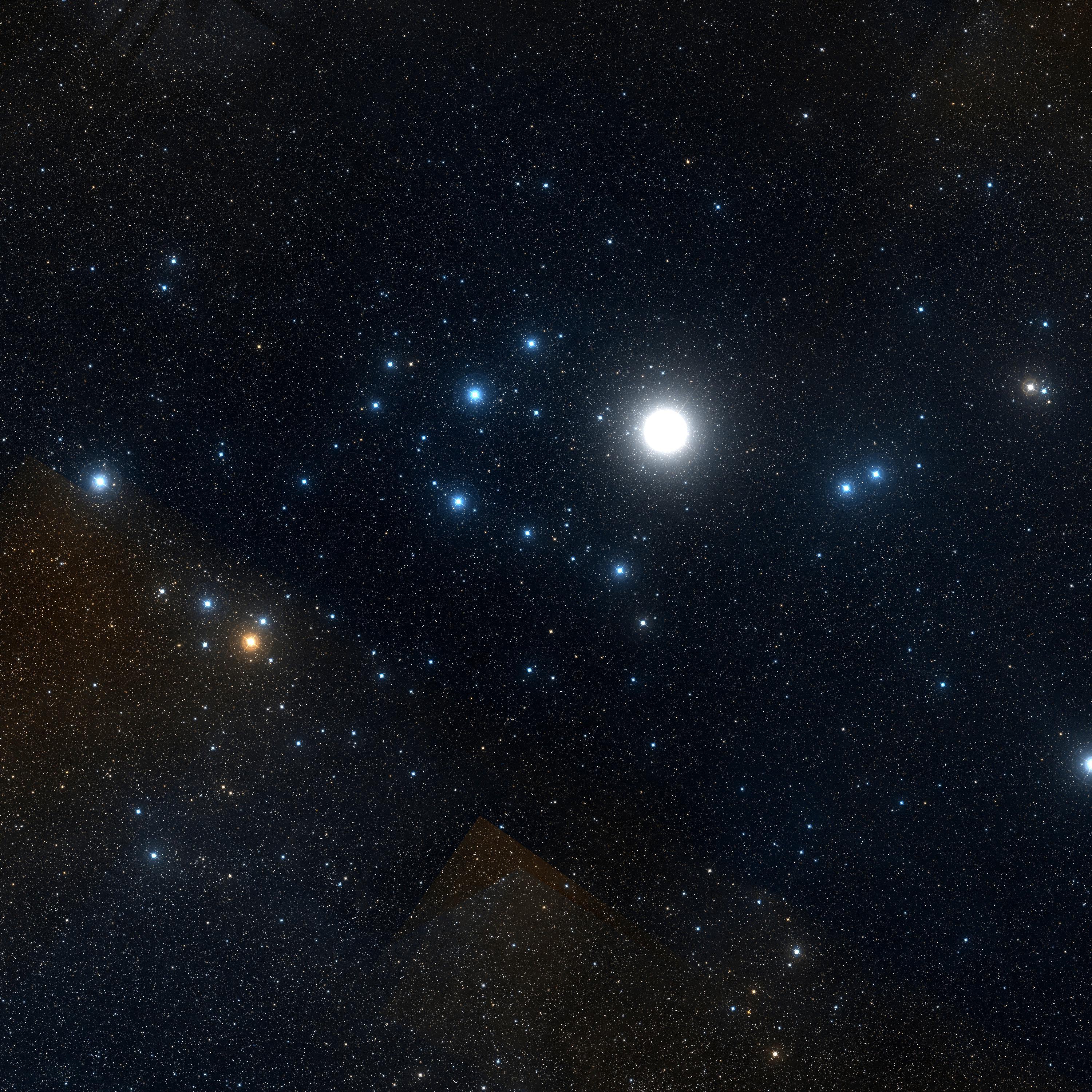
Galactic Bloodlines: Many Nearby Star Clusters Originate from Only Three “Families”
An international team of astronomers led by the University of Vienna has deciphered the formation history of young star clusters, some of which we can see with the naked eye at night.
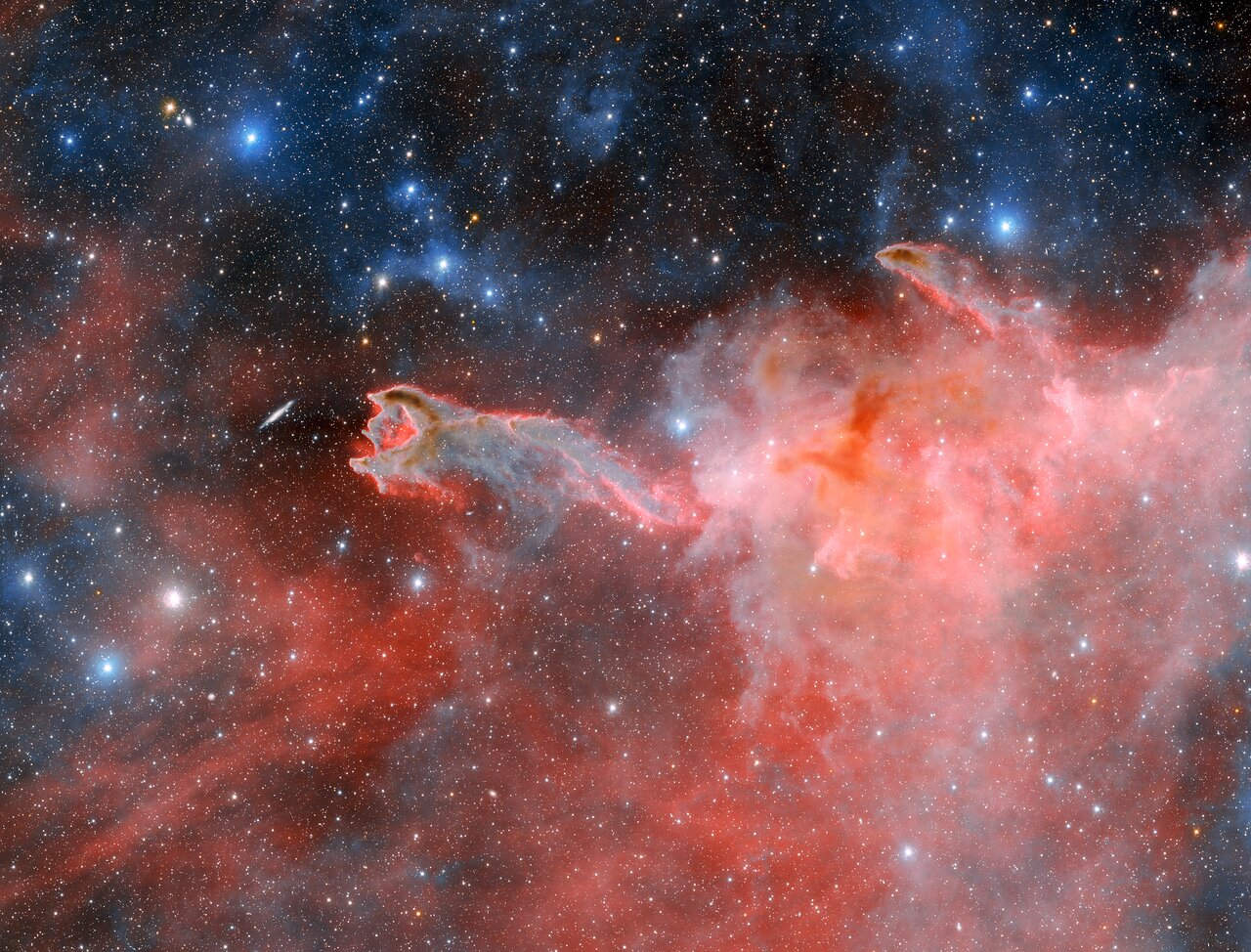
Dark Energy Camera Spies Cometary Globule Reaching for the Stars
The dark, dusty cometary globule known as CG 4 is spotlighted in this image from the Department of Energy-fabricated Dark Energy Camera mounted on the U.S. National Science Foundation Víctor M. Blanco 4-meter Telescope at Cerro Tololo Inter-American Observatory, a Program of NSF NOIRLab.
Observatorio Rubin revelará las huellas de la materia oscura en nuestra galaxia
Gracias a las imágenes que podrán ser obtenidas con seis filtros distintos montados en la cámara más grande construida para la astronomía, el Observatorio Vera C. Rubin estará en condiciones de descubrir los efectos de la interacción de la materia oscura con corrientes estelares nunca antes vistos en la Vía Láctea.
Rubin Observatory will Reveal Dark Matter’s Ghostly Disruptions of Stellar Streams
Glittering threads of stars around the Milky Way may hold answers to one of our biggest questions about the Universe: what is dark matter?
Stellar Explosions and Cosmic Chemistry
Astronomers have discovered the secrets of a starburst galaxy producing new stars at a rate much faster than our Milk Way. This research revealed many different molecules, more than ever seen before in a galaxy like this.
Astronomers Unveil Strong Magnetic Fields Spiraling at the Edge of Milky Way’s Central Black Hole
A new image from the Event Horizon Telescope (EHT) collaboration— which includes scientists from the Center for Astrophysics | Harvard & Smithsonian (CfA)— has uncovered strong and organized magnetic fields spiraling from the edge of the supermassive black hole Sagittarius A* (Sgr A*). Seen in polarized light for the first time, this new view of the monster lurking at the heart of the Milky Way Galaxy has revealed a magnetic field structure strikingly similar to that of the black hole at the center of the M87 galaxy, suggesting that strong magnetic fields may be common to all black holes. This similarity also hints toward a hidden jet in Sgr A*.
Peering Into the Tendrils of NGC 604 with NASA’s Webb
In the astronomy field, the term “nearby” is quite relative. Neighboring galaxies to our home galaxy, the Milky Way, are a few million light-years away. In contrast, some of the most distant galaxies ever detected, closer to the Big Bang, are billions of light-years away.
‘Old smokers’ and ‘squalling newborns’ among hidden stars spotted for first time
‘Hidden’ stars including a new type of elderly giant nicknamed an ‘old smoker’ have been spotted for the first time by astronomers.

IceCube Observatory Creates First Map of Milky Way Without Using Electromagnetic Waves
We’ve learned a lot about the Universe from telescopes that are sensitive to anything from high-energy gamma waves to visible light to low-energy radio waves. But detecting such electromagnetic waves has limitations.
One-third of galaxy’s most common planets could be in habitable zone
Our familiar, warm, yellow sun is a relative rarity in the Milky Way. By far the most common stars are considerably smaller and cooler, sporting just half the mass of our sun at most. Billions of planets orbit these common dwarf stars in our galaxy.

Mysterious dashes revealed in Milky Way’s center
An international team of astrophysicists has discovered something wholly new, hidden in the center of the Milky Way galaxy.
The Tilt in our Stars: The Shape of the Milky Way’s Halo of Stars is Realized
New data throws out the textbook picture of a spherical stellar halo and reinforces a dynamic origin story of two galaxies that collided billions of years ago.
NASA’s Webb Will Join Forces with the Event Horizon Telescope to Reveal the Milky Way’s Supermassive Black Hole
In its first year of operations, NASA’s James Webb Space Telescope will join forces with a global collaborative effort to create an image of the area directly surrounding the supermassive black hole at the heart of our Milky Way galaxy.
How disorderly young galaxies grow up and mature
Using a supercomputer simulation, a research team at Lund University in Sweden has succeeded in following the development of a galaxy over a span of 13.8 billion years.
‘Lonely cloud’ bigger than Milky Way found in a galaxy ‘no-man’s land’ by UAH physics team
A scientifically mysterious, isolated cloud bigger than the Milky Way has been found by a research team at The University of Alabama in Huntsville (UAH) in a “no-man’s land” for galaxies.
36 Dwarf Galaxies Had Simultaneous “Baby Boom” of New Stars
Three dozen dwarf galaxies far from each other had a simultaneous “baby boom” of new stars, an unexpected discovery that challenges current theories on how galaxies grow and may enhance our understanding of the universe. Galaxies more than 1 million light-years apart should have completely independent lives in terms of when they give birth to new stars. But galaxies separated by up to 13 million light-years slowed down and then simultaneously accelerated their birth rate of stars, according to a Rutgers-led study published in the Astrophysical Journal.
New evidence of how and when the Milky Way came together
New research provides the best evidence to date into the timing of how our early Milky Way came together, including the merger with a key satellite galaxy
Rutgers Expert Available to Discuss Supernova Discovery
New Brunswick, N.J. (April 21, 2021) – Rutgers University–New Brunswick astrophysicist John P. (Jack) Hughes is available for interviews on a supernova (exploding star) discovery published today in the journal Nature. The discovery, made with NASA’s Chandra X-ray Observatory, features…
Rutgers Expert Available to Discuss James Webb Space Telescope Science
New Brunswick, N.J. (Feb. 22, 2021) – Rutgers University–New Brunswick Professor Kristen McQuinn is available for interviews on the upcoming launch of the James Webb Space Telescope, its potential scientific impact and the leap forward it will provide in our understanding of the…
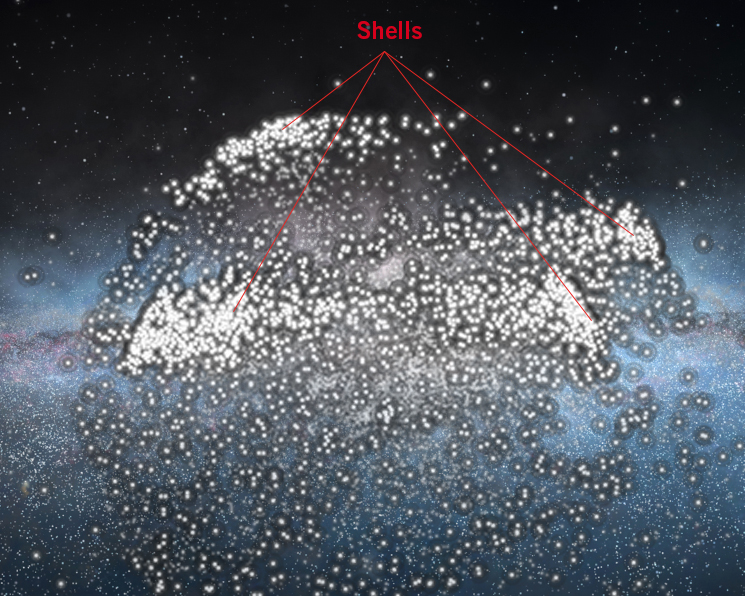
Evidence of Broadside Collision With Dwarf Galaxy Discovered in Milky Way
Astrophysicists announced today that a 3-billion year old merger between a dwarf galaxy and the Milky Way produced a series of telltale shell-like formations of stars in the vicinity of the Virgo constellation, the first such “shell structures” to be found in the Milky Way.
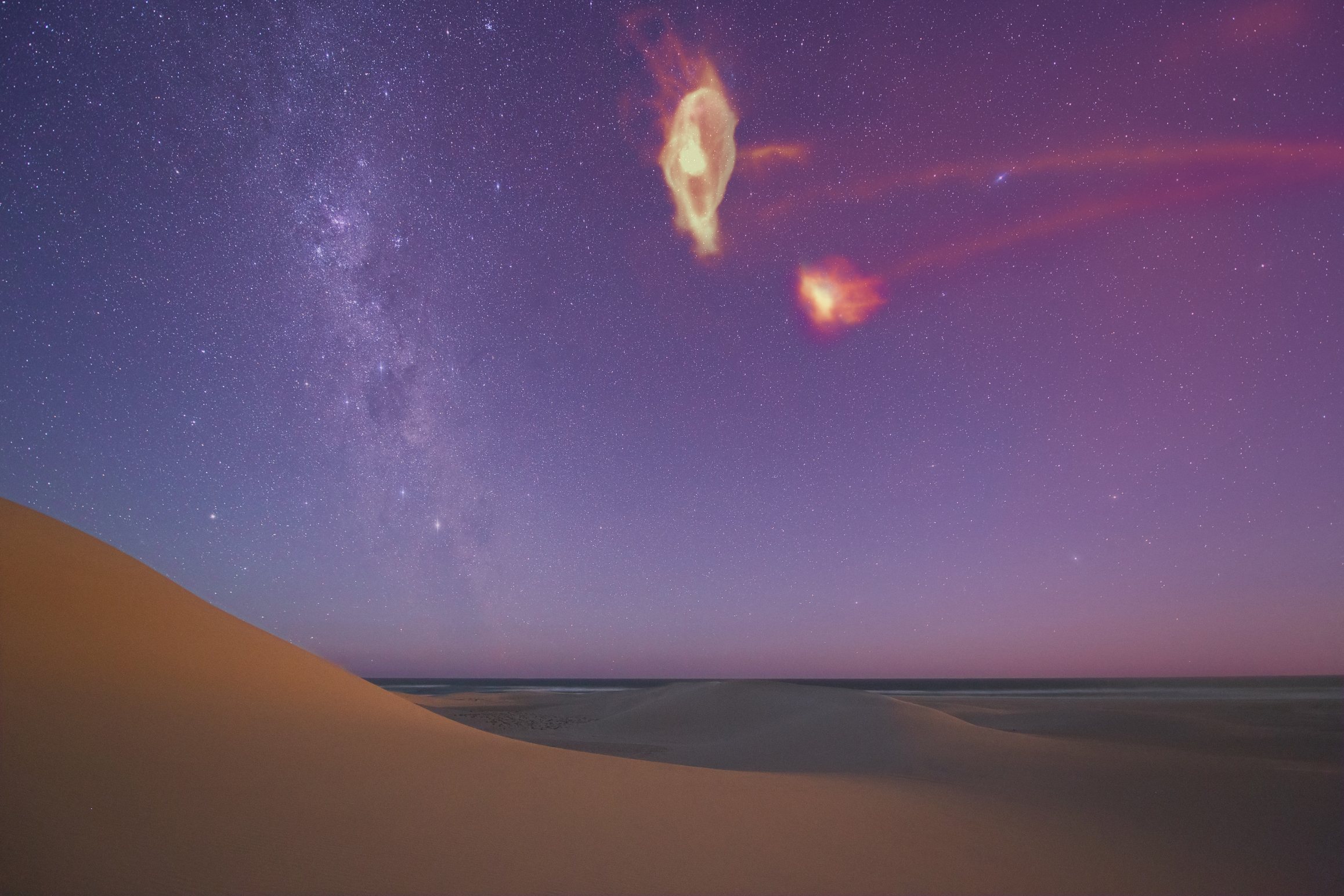
Massive halo finally explains stream of gas swirling around the Milky Way
Astronomers at the University of Wisconsin–Madison and their colleagues have discovered that a halo of warm gas surrounding the Magellanic Clouds likely acts as a protective cocoon, shielding the dwarf galaxies from the Milky Way’s own halo and contributing most of the Magellanic Stream’s mass.

How the Milky Way stole an enormous gas halo from our dwarf neighbours
There is a huge halo of gas circling our Galaxy with the mass of a billion Suns.
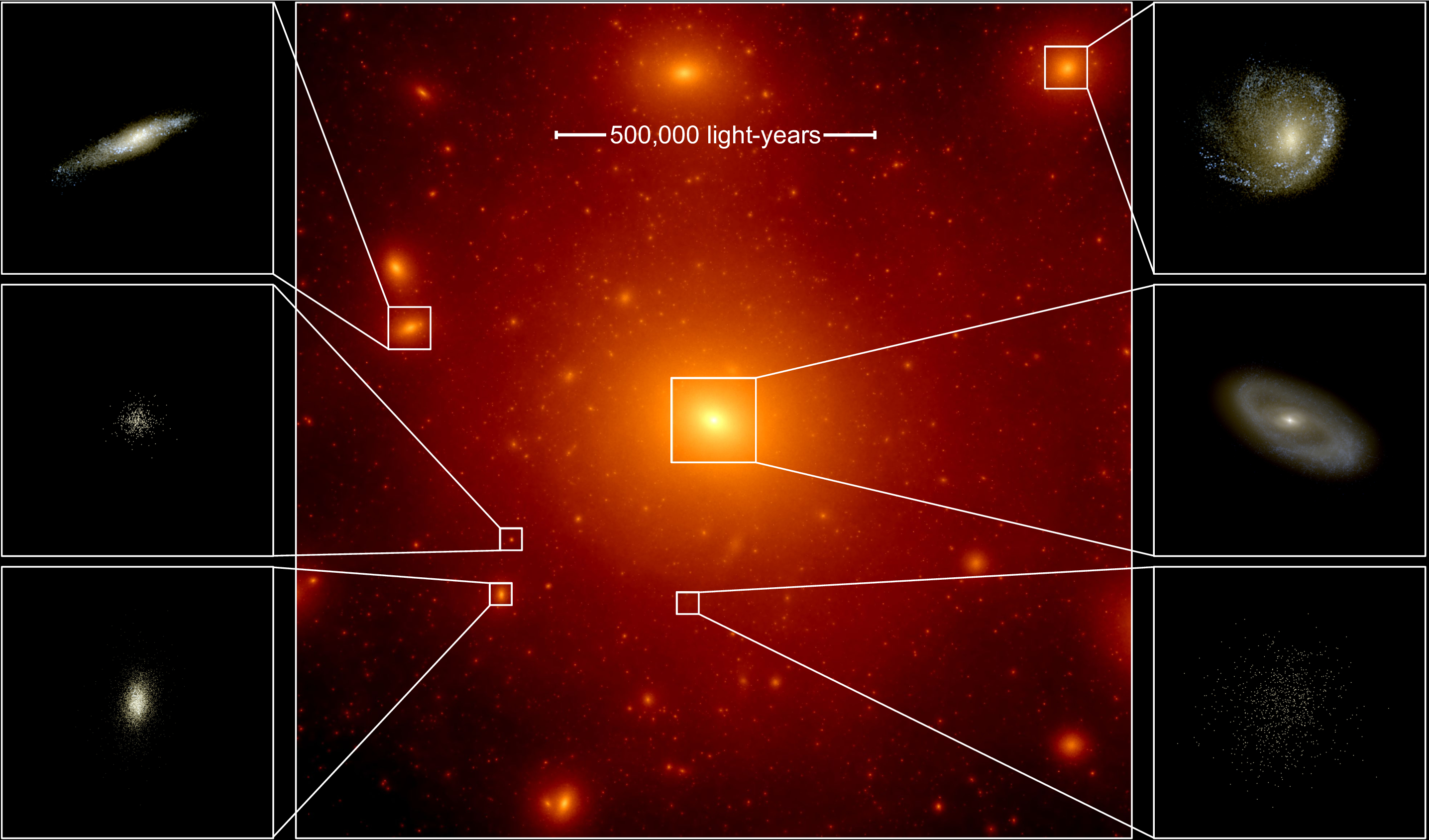
Galaxy Simulations Could Help Reveal Origins of Milky Way
Rutgers astronomers have produced the most advanced galaxy simulations of their kind, which could help reveal the origins of the Milky Way and dozens of small neighboring dwarf galaxies. Their research also could aid the decades-old search for dark matter, which fills an estimated 27 percent of the universe. And the computer simulations of “ultra-faint” dwarf galaxies could help shed light on how the first stars formed in the universe.
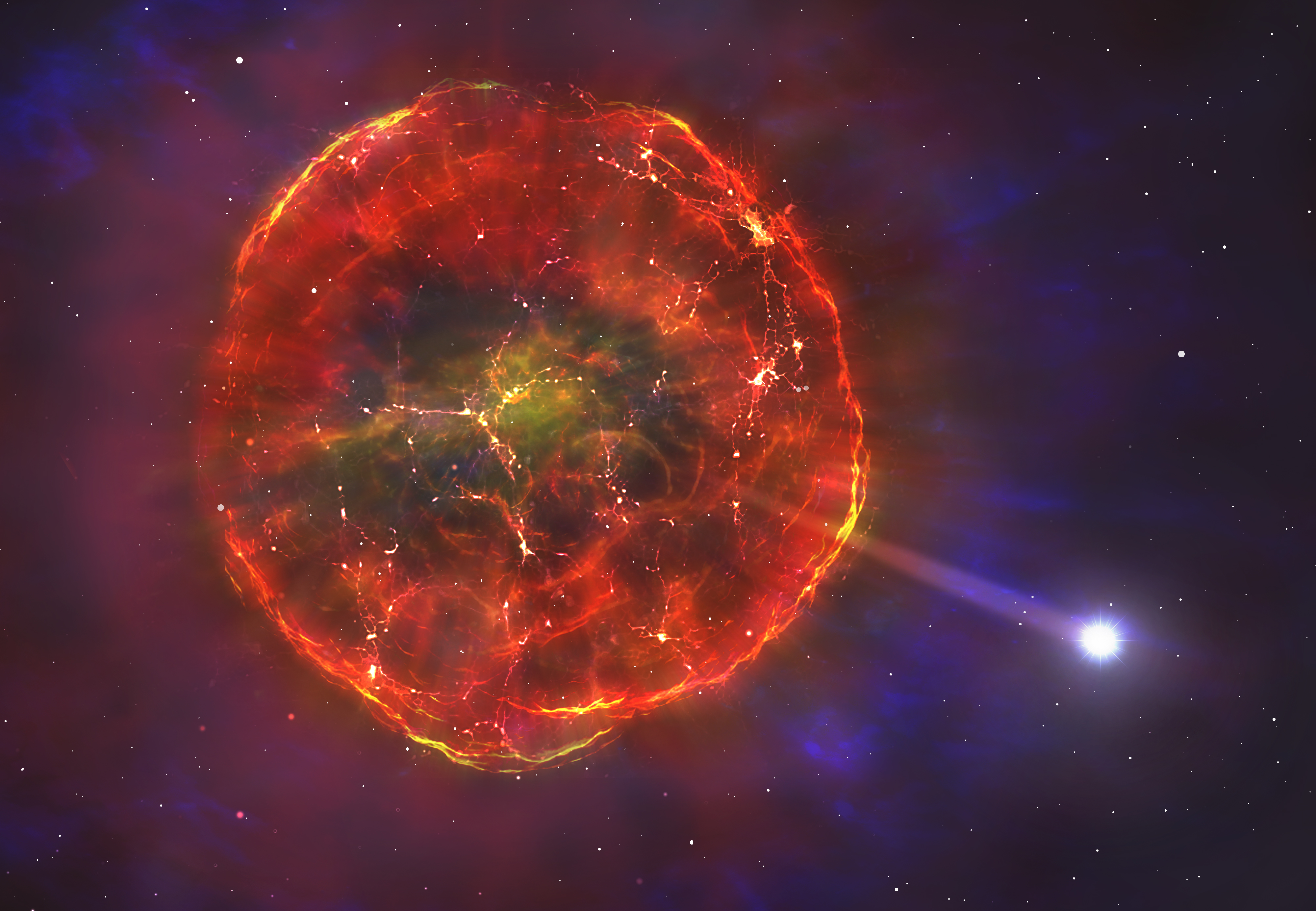
Thermonuclear blast sends supernova survivor star hurtling across the Milky Way
Bizarre white dwarf star shows evidence of a ‘partial supernova’ in observations using the Hubble Space Telescope, led by University of Warwick astronomers
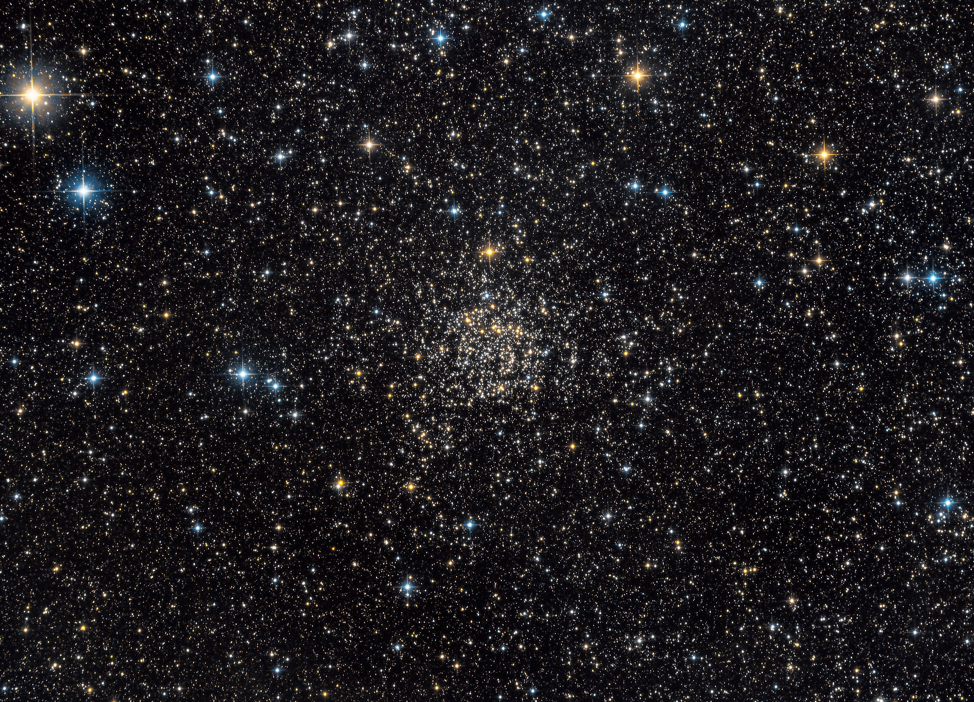
Study: Dying Stars Breathe Life Into Earth
As dying stars take their final few breaths of life, they gently sprinkle their ashes into the cosmos through the magnificent planetary nebulae. These ashes, spread via stellar winds, are enriched with many different chemical elements, including carbon.
Findings from a study published today in Nature Astronomy show that the final breaths of these dying stars, called white dwarfs, shed light on carbon’s origin in the Milky Way.

Peering under galactic dust, study reveals radiation at center of Milky Way
Thanks to 20 years of homegrown galactic data, astronomers at the University of Wisconsin–Madison, UW–Whitewater and Embry-Riddle Aeronautical University have finally figured out just how much energy permeates the center of the Milky Way.
The researchers say it could one day help astronomers track down where all that energy comes from. Understanding the source of the radiation could help explain not only the nature of the Milky Way, but the countless others that resemble it.

Intense Flash from Milky Way’s Black Hole Illuminated Gas Far Outside of Our Galaxy
Not long ago, the center of our galaxy exploded. Our primitive ancestors, already afoot in Africa, probably saw the resulting flare. Now Hubble detects that flash’s signature in a huge tail of gas orbiting the galaxy some 200,000 light-years away.